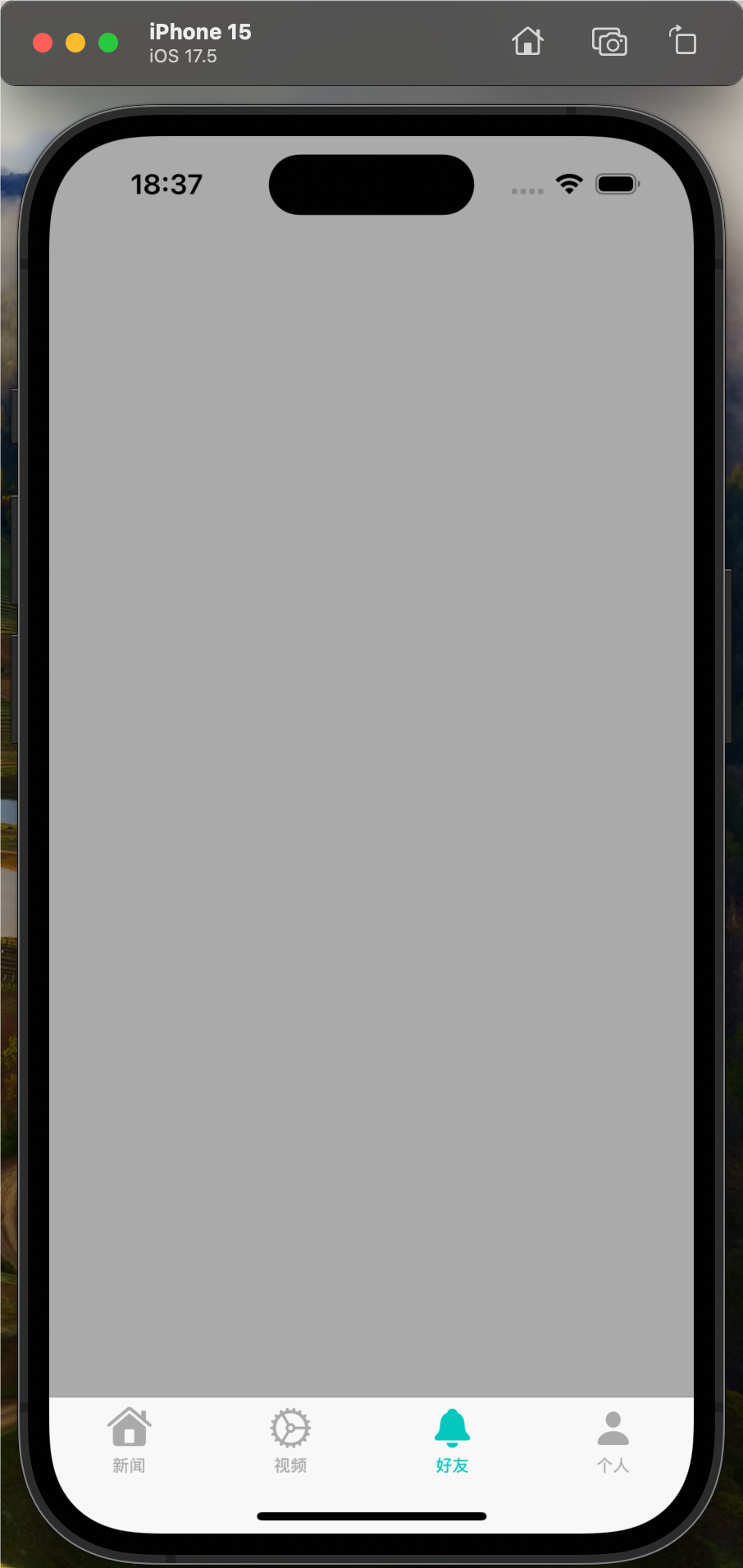我搜索了高低,似乎无法找到答案.我见过的最接近的是:
UITextView cursor below frame when changing frame
UITextView cursor below frame when changing frame
对不起,没有截图,因为我(几乎)没有声誉,但它看起来类似于链接的SO帖子.
当我在iOS6上运行应用程序时,工作完美(内容滚动光标以将其保留在屏幕上),但在iOS7上,光标超出了UITextView的末尾.我尝试添加UIEdgeInsets来移动内容,但是当用户主动输入文本时,它只是不断添加新行,直到光标位于文本视图的末尾.
我的布局包含一个Label(headerText),下面有一个UITextView(textView).此视图显示在选项卡栏中.添加了一个键盘输入附件,但在调用该功能之前,它的高度会自动计算到键盘高度.
这是我用来调整视图大小的函数,从键盘显示/隐藏委托,旋转,初始布局等调用:
-(void)resizeViewsWithKbdHeight:(float)kbHeight
{
//set the header label frame
//set constraints
//total view width - 30 (15 each for left and right padding)
CGFloat labelWidth = ([[[self navigationController] view] bounds].size.width - 30);
CGSize constraintSize = {labelWidth,CGFLOAT_MAX};
//calculate needed height for header label
CGSize textSize = [[self headerText] sizeWithFont:[UIFont systemFontOfSize:17.0f]
constrainedToSize:constraintSize
lineBreakMode:NSLineBreakByWordWrapping];
//build and set frame for header label:
//make it the same as the old
CGRect headerTempSize = [[self headerLabel] frame];
//except for the height
headerTempSize.size.height = textSize.height;
//and set it
[[self headerLabel] setFrame:headerTempSize];
//correct the placement of the UITextView,so it's under the header label
//build a new frame based on current textview frame
CGRect newFrame = [[self textView] frame];
//get the y position of the uitextview,the +8 is the padding between header and uitextview
CGFloat vertPadding = [[self headerLabel] frame].origin.y + [[self headerLabel] frame].size.height + 8;
//bump it down vertically
newFrame.origin.y = vertPadding;
//bump things down by the amount of the navigation bar and status bar
float offscreenBump = [[[self navigationController] navigationBar] frame].origin.y + [[[self navigationController] navigationBar] frame].size.height;
//if we aren't showing the keyboard,add the height of the tab bar
if(kbHeight == 0) {
offscreenBump += [[[self tabBarController] tabBar] frame].size.height;
}
//calculate the new height of the textview,the +9 is for padding below the text view
CGFloat newHeight = [[[self navigationController] view] bounds].size.height - ([[self textView] frame].origin.y + 9 + kbHeight + offscreenBump);
//resize the height as calculated
newFrame.size.height = newHeight;
//set textview frame to this new frame
[[self textView] setFrame:newFrame];
}
我正在尝试支持iOS5,所以没有AutoLayout.
我有可能对我的工作方式非常天真.
提前致谢!
解决方法
这似乎是iOS 7中的一个错误.我发现纠正这个问题的唯一方法是为UITextView添加一个委托并实现textViewDidChangeSelection,重置视图以显示如下选择:
#define SYstem_VERSION_GREATER_THAN_OR_EQUAL_TO(v) ([[[UIDevice currentDevice] systemVersion] compare:v options:NSNumericSearch] != NSOrderedAscending) - (void) textViewDidChangeSelection: (UITextView *) tView { if (SYstem_VERSION_GREATER_THAN_OR_EQUAL_TO(@"7.0")) { [tView scrollRangetoVisible:[tView selectedRange]]; } }

